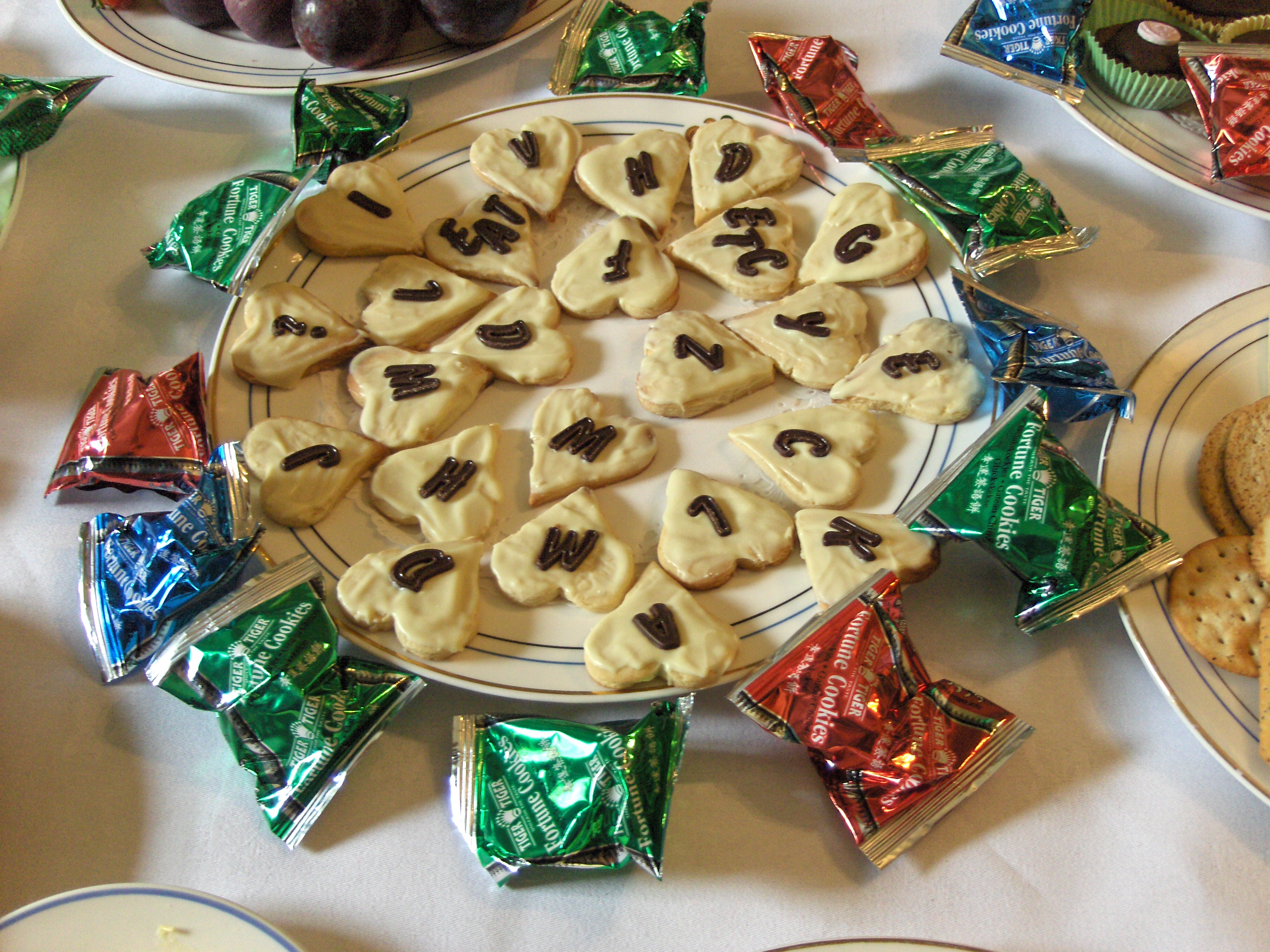Back in January, Amazon issued a fourth-quarter report that announced that sales of e-books for the Kindle outstripped sales of paperback books by 115:100, and sales of hardback books by 3:1. The inevitable newspaper reports followed, all pretty much drawing the same conclusions. It’s not a question of whether the patient will survive, they agreed; it’s how long he’s got left.
Well, another day, another death knell. Matthew Cain’s report on Channel 4 News last night revealed some troubling statistics. Overall sales of printed books are down 9.44%: paperbacks by 8.97%, hardbacks by 12.71%. As a consequence, publishers have begun to move away from the traditional model of issuing hardbacks a year in advance of paperbacks, with some titles going straight to the smaller and cheaper print format. ‘The most important catalyst for [this]’, Cain concluded, ‘has been the e-book’.
Remember the television advertisements for the Kindle and the iPad? Both Amazon and Apple sought to promote not only the whizzy gadgetry but also the physical sensation of using their products, and their durability (though I doubt any customers have held their new iPad in their hands while riding pillion on a moped, or let their dog lick their new Kindle). Using the Kindle or the iPad may provide a material experience, but does reading with them provide a material textual experience? Publishers, perhaps, have realised this, and are placing new emphasis on the aesthetic pleasure the hardback has to offer, and are promoting it as an object of physical beauty – in opposition, one assumes, to the rather dull featurelessness and intangibility of the e-book.
I don’t doubt, then, that e-readers and e-books have had an effect – a material effect, no less – upon the publishing industry. What I would dispute is the assumption – and assumption it is, for there is as yet no hard evidence of a causal relationship – that the rise in e-books has caused the fall in printed books. In media coverage, other factors are rarely discussed. Matthew Cain expressed concern that changes to the hardback could render it ‘a luxury gift item’, but at £15-25 a pop, is it not one already? What effect has the recession, falling real and disposable incomes and economic uncertainty about the future had upon people’s book-buying habits? Have rising commodity prices for wood pulp pushed up the price of books as they have the price of newspapers? What changes have there been to the second-hand book market? When was the last time you bought a brand-new hardback? (I can’t even remember).
So far, the news media have been content to stick to a ‘black-and-white’ style of reporting on e-books: e-media is up, print is down, therefore one caused the other, and the trend will continue. Much more research needs to be done into social and behavioural evidence, particularly on how e-books are being integrated into print culture, before any nuanced conclusions may be drawn about the future of the material text. Which socio-economic groups buy Kindles the most? How many printed books does the Kindle buyer already own? How often do new e-reader owners buy printed books, and how much do they spend? Do they use e-media and printed books in conjunction, and if so, how? What kinds of books are bought as e-books, what kind as printed? Crucially, for the e-reader is still in its infancy, for how long is a new Kindle used, and how does the frequency change over time? Are people buying the Kindle for the books, or for the novelty, or both?
In a short story in Granta 113 (‘Eva and Diego’, by Alberto Olmos), the female narrator explains the compulsion that drove her to buy a new iPod:
I had a salary that allowed me to buy approximately fifteen iPods a month…fifteen monthly temptations to buy an iPod. Consequently, I was one of those people who just had to buy an iPod. I simply have to buy whatever they’ve just invented to be bought…I bought the iPod out of boredom. But out of fear as well. Spending is about the fear of dying…Spending implies a future…
Spending on a gadget like a Kindle might imply a future, but books – physical books, material texts – declare both a past and a future, of the sophisticated but simple codex format, of communities of physical and intellectual experience, and of literary culture that e-readers cannot, in my opinion, hope to replicate.
